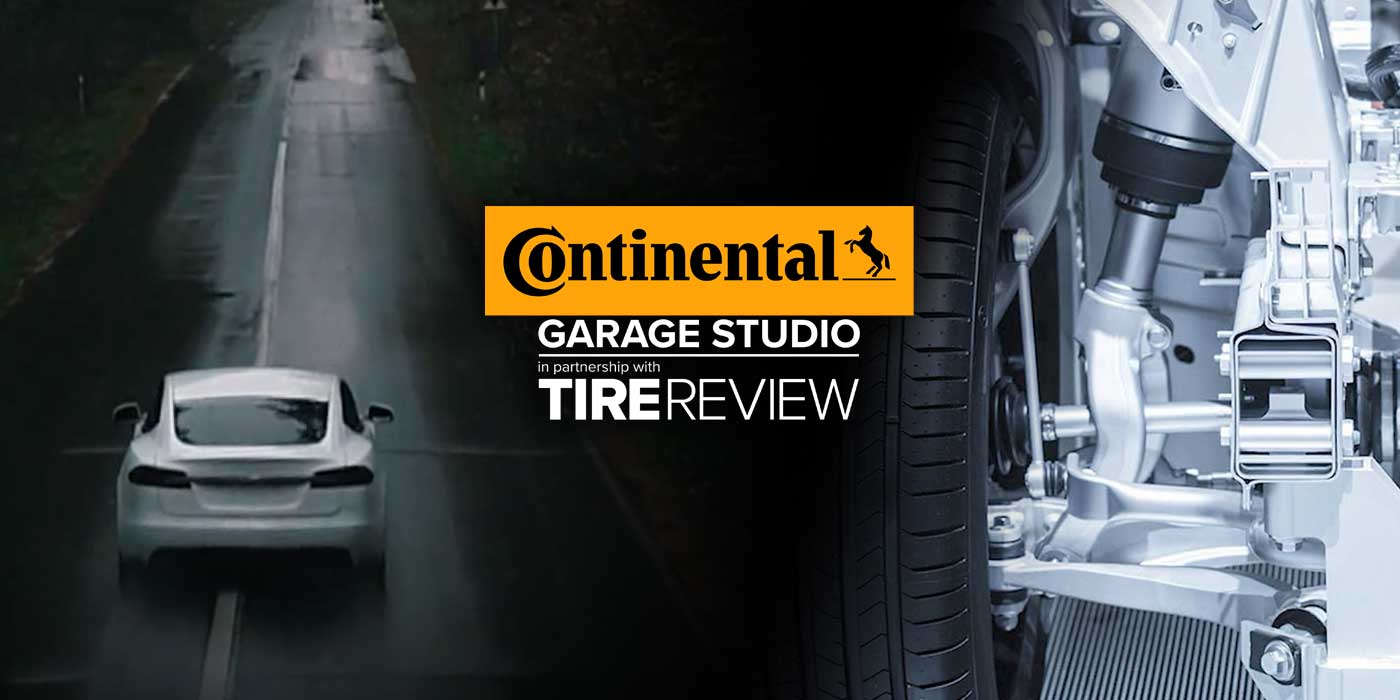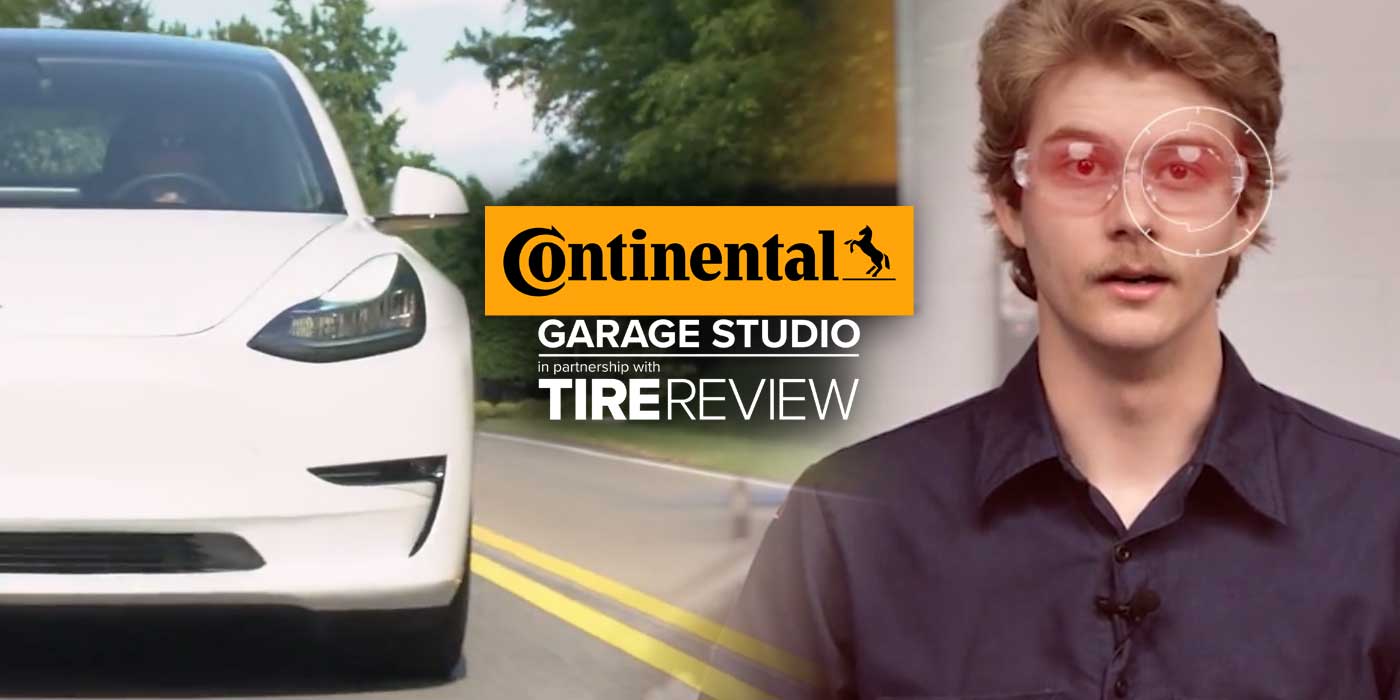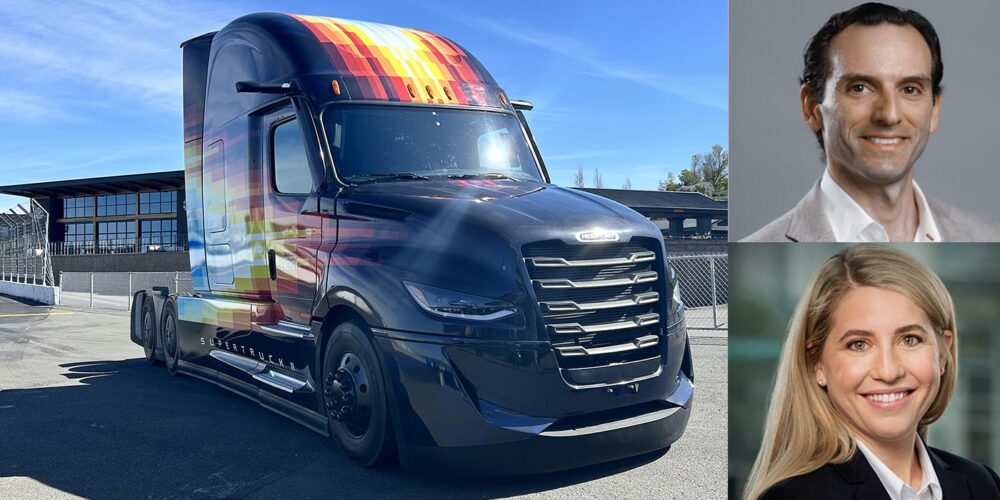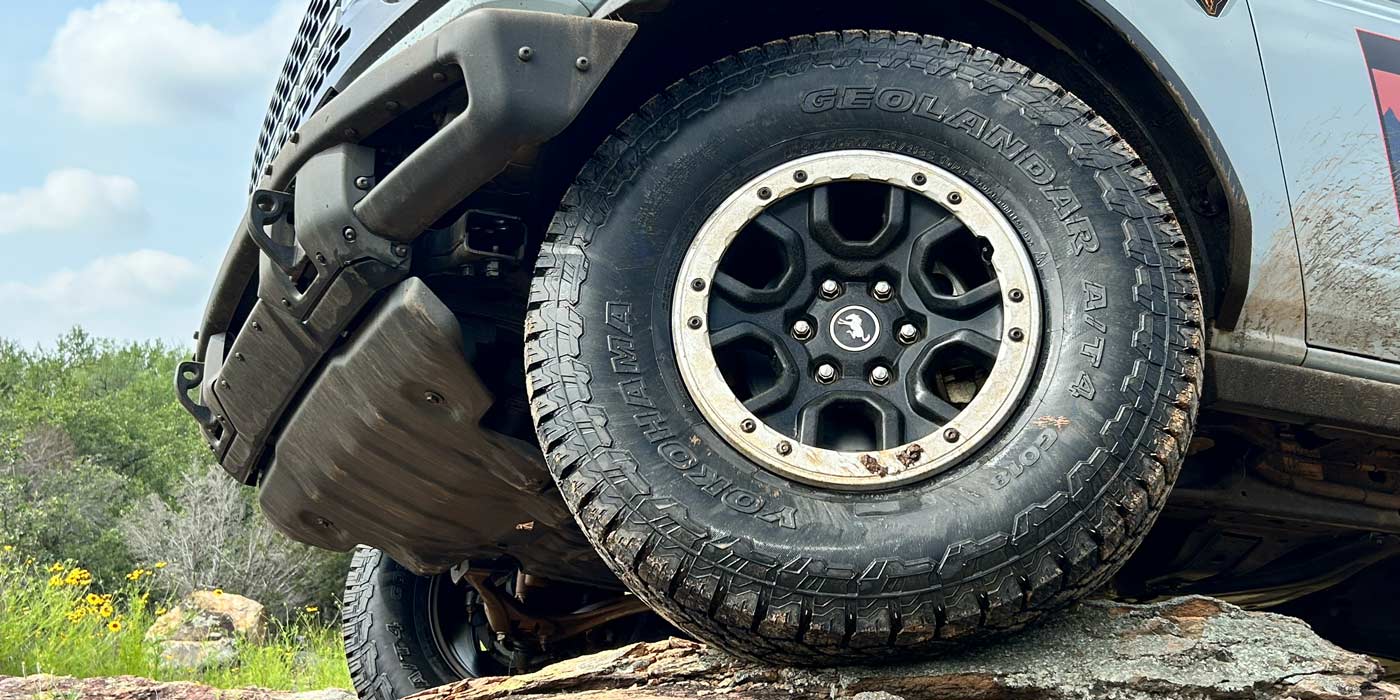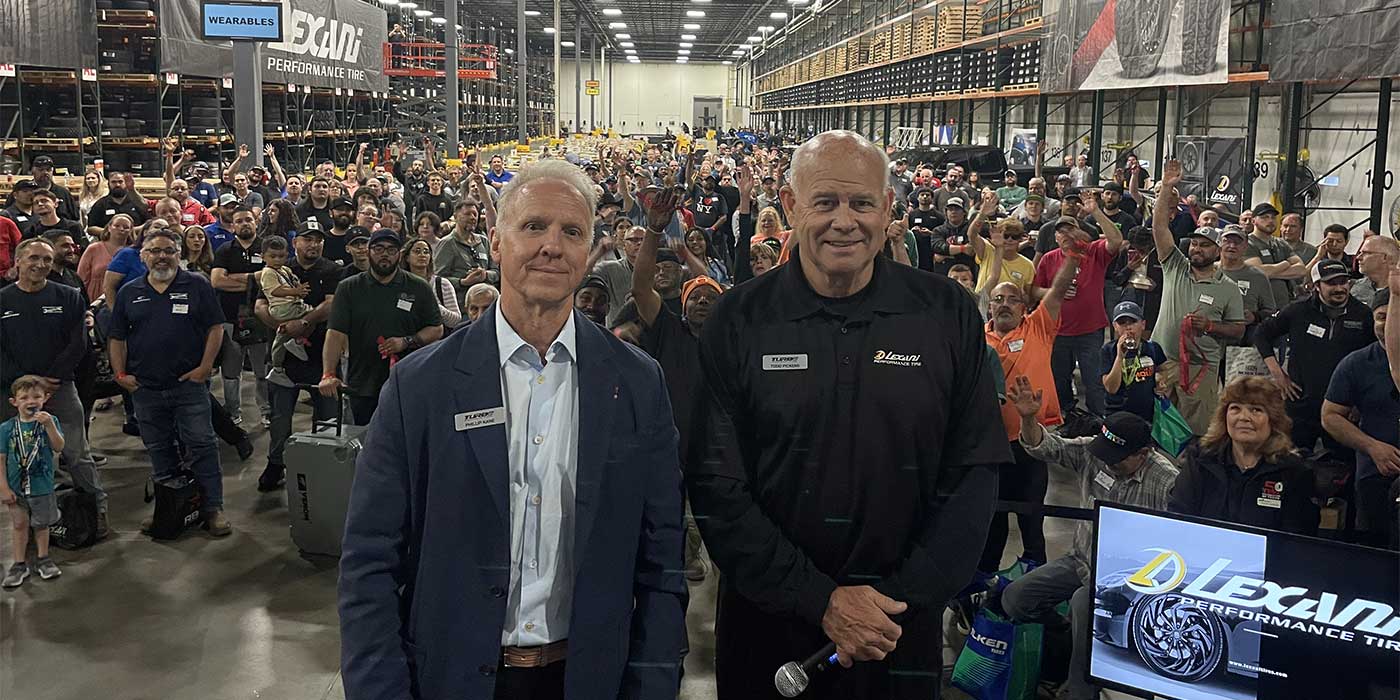Do you ever notice the litter on the side of the road? You’ve got broken bottles, fast food wrappers, cigarette butts, plastic bags, bottle caps… and vehicle springs? Honestly, keep a look out and you’ll notice there are a lot of vehicle springs living on the streets these days.
Springs work like a storage and transfer system for vehicle energy. As your customer’s wheels roll over bumps and your vehicle moves, the spring responds to the ups and downs in the road and the shifts in the car’s body and frame.
When it comes to designing a spring, engineers consider various factors. They talk about things like frequency and amplitude, which mean how quickly and how much the spring needs to move. They tweak these factors to ensure a smooth ride, taking into account the vehicle’s center of gravity and the weight it’s carrying.
Picture this: one part of the spring might be excellent at keeping your car from leaning too much, but it could make your ride a bit too bumpy. To curb this, engineers adjust the coils so that they’re progressive. This means the spring rate changes when it’s compressed or faces specific forces, adding a touch of versatility to the whole spring.
So, how come springs have been failing recently? Spring steel is not a consistent structure. Depending on how the metal is cast, forged and bent, the molecular structure of the steel can have grain and microstructures that can change the performance of the spring.
These tiny structures can change and even weaken the spring as it’s cycled and movements of the suspension cause the grain and microstructures to shear and eventually develop microscopic cracks. If the cracks grow larger during the following cycles, it can lead to structural failure of the spring.
At the end of the day, weak spring structure could also be a result of manufacturers cutting some corners. Automakers want a suspension that delivers a plush ride over rough roads, and a sporty responsive feel – the best way to do this is with progressive springs, or springs with uneven spaces between their coils. But, some might take cutting down too far and compromise the longevity of the spring.
Another thing to consider is how the suspension gets used, which can vary depending on the driver and the terrain. For example, if a driver lives in an area with rough roads, the springs are more likely to fail when compared to the same vehicle that may drive only on smooth roads. The distance your customer covers also plays a part.
The other factor is the condition of the shocks or struts. If a shock or strut can’t control the movement of the suspension, the spring will cycle more and with a greater range of movement, increasing the rate of fatigue on springs.
Don’t forget to follow us on Instagram and Facebook and subscribe to our YouTube channel for more tire, service and shop operations videos.

